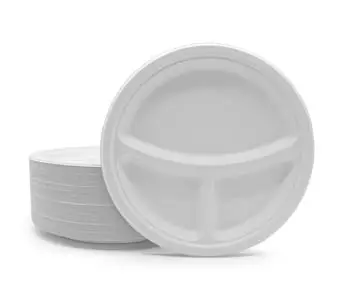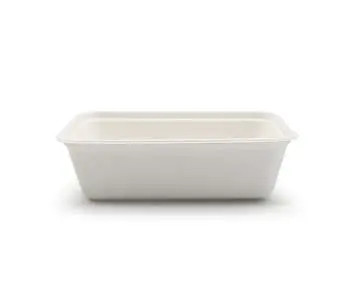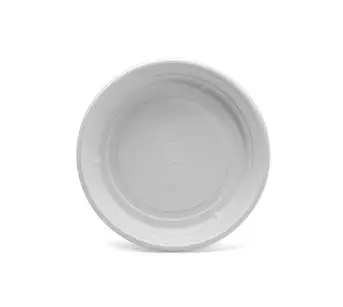Introduction to Bagasse Tray
The bagasse tray, a remarkable eco-friendly alternative to traditional plastic or Styrofoam trays, has gained significant attention in recent years. Derived from the residual fibers of sugarcane stalks, bagasse serves as a sustainable material source for various applications, including food packaging. This introductory section will delve into the definition and origin of Supplier Bagasse Food Trays trays while exploring their historical background.
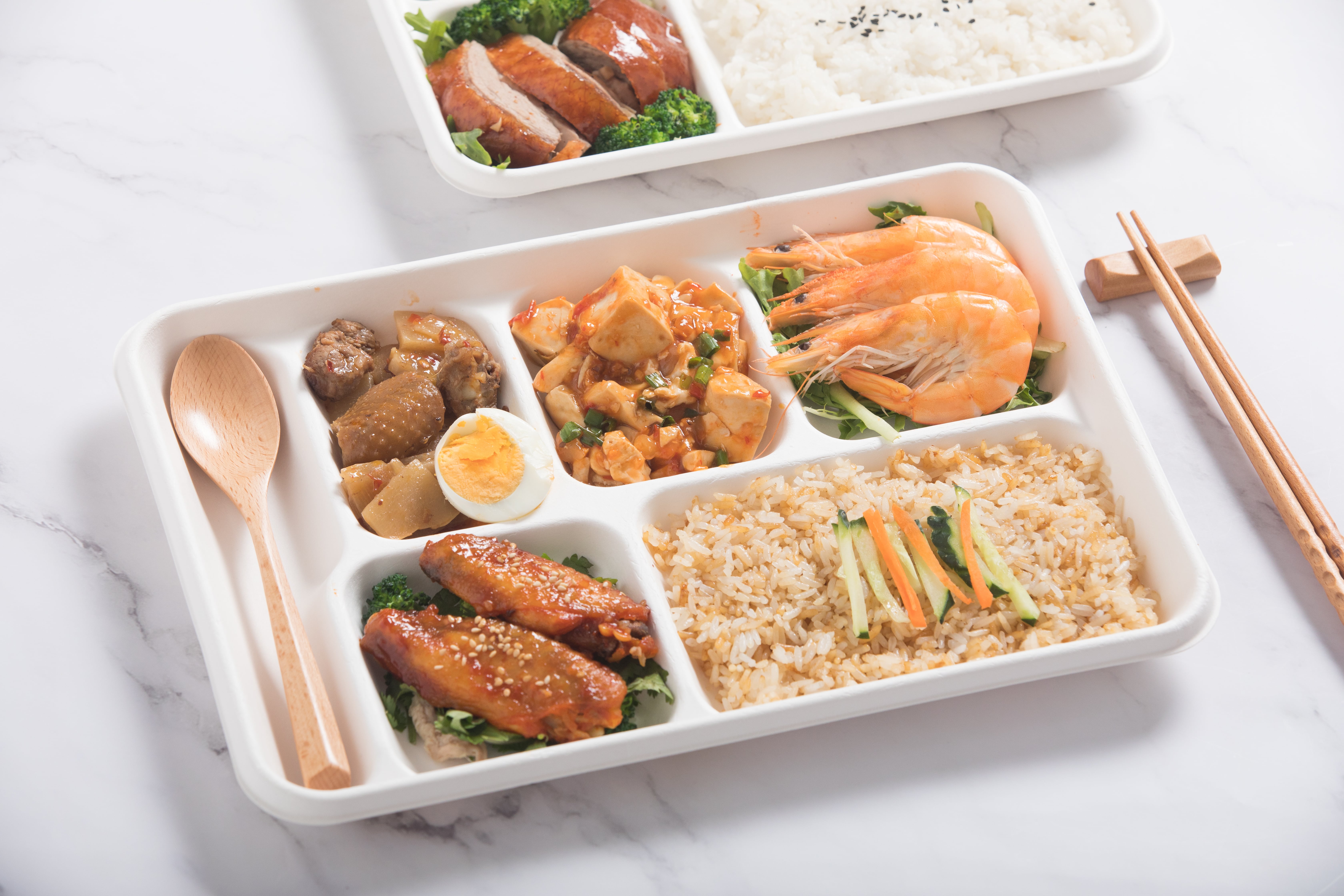
Definition and Origin
Bagasse is a fibrous byproduct that remains after sugarcane undergoes juice extraction during sugar production. Composed of cellulose-rich fibers, lignin, and residual sugars, bagasse possesses remarkable properties that make it suitable for numerous applications. Historically, this residue was often discarded or used as fuel for energy generation in sugar mills.
Bagasse as a byproduct of sugarcane processing
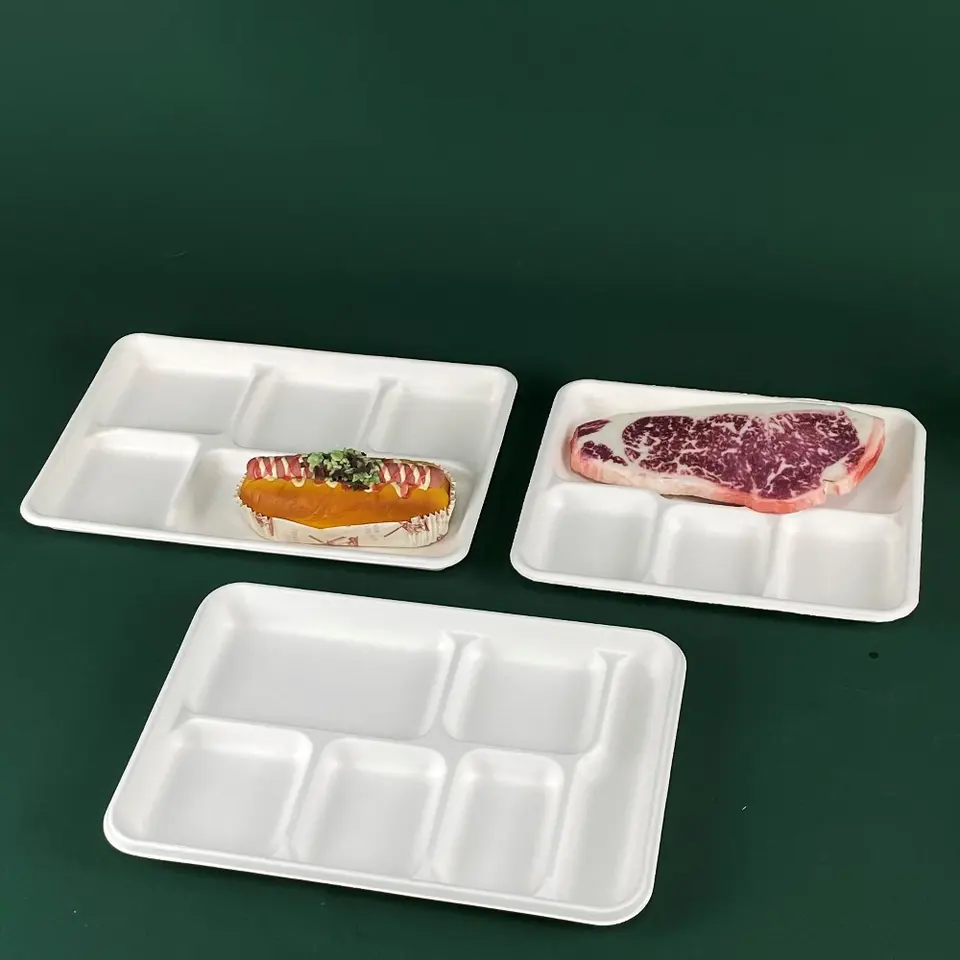
Sugarcane is cultivated on vast plantations across various tropical and subtropical regions worldwide due to its high sucrose content. During the sugar manufacturing process, harvested sugarcane undergoes milling to extract juice. The remaining fibrous residue, known as bagasse, is separated from the extracted juice through mechanical methods.
Historical background of bagasse trays
The use of Sugarcane bagasse tray dates back several decades when concerns about environmental sustainability began gaining momentum. Early attempts at finding alternatives to conventional food packaging materials led manufacturers to explore the potential of utilizing agricultural waste products like bagasse. Over time and with technological advancements in processing methods, bagasse trays have emerged as a viable solution that addresses both ecological concerns and practical functionality.
Environmental Benefits
In an era where environmental consciousness is paramount, embracing sustainable materials like the bagasse tray brings forth numerous benefits that extend beyond merely reducing plastic waste. This section will highlight the intrinsic environmental advantages associated with Sugarcane bagasse tray, underscoring their contribution to a renewable future and circular economy.
Renewable and sustainable material source
Bagasse is a prime example of utilizing agricultural waste as a valuable resource. By repurposing what was once considered a residue, bagasse trays offer an environmentally friendly alternative to traditional petroleum-based plastics or non-biodegradable materials. The sustainable nature of bagasse lies in its ability to be continuously produced as long as there is sugarcane cultivation, ensuring minimal impact on natural resources.
Reduces waste and promotes circular economy
Bagasse's origin from sugarcane processing presents an opportunity to repurpose agricultural waste while simultaneously reducing reliance on finite resources. Embracing these eco-friendly alternatives not only reduces our carbon footprint but also demonstrates a commitment to building a more sustainable future for generations to come.
Harvesting Sugarcane and Extracting Juice
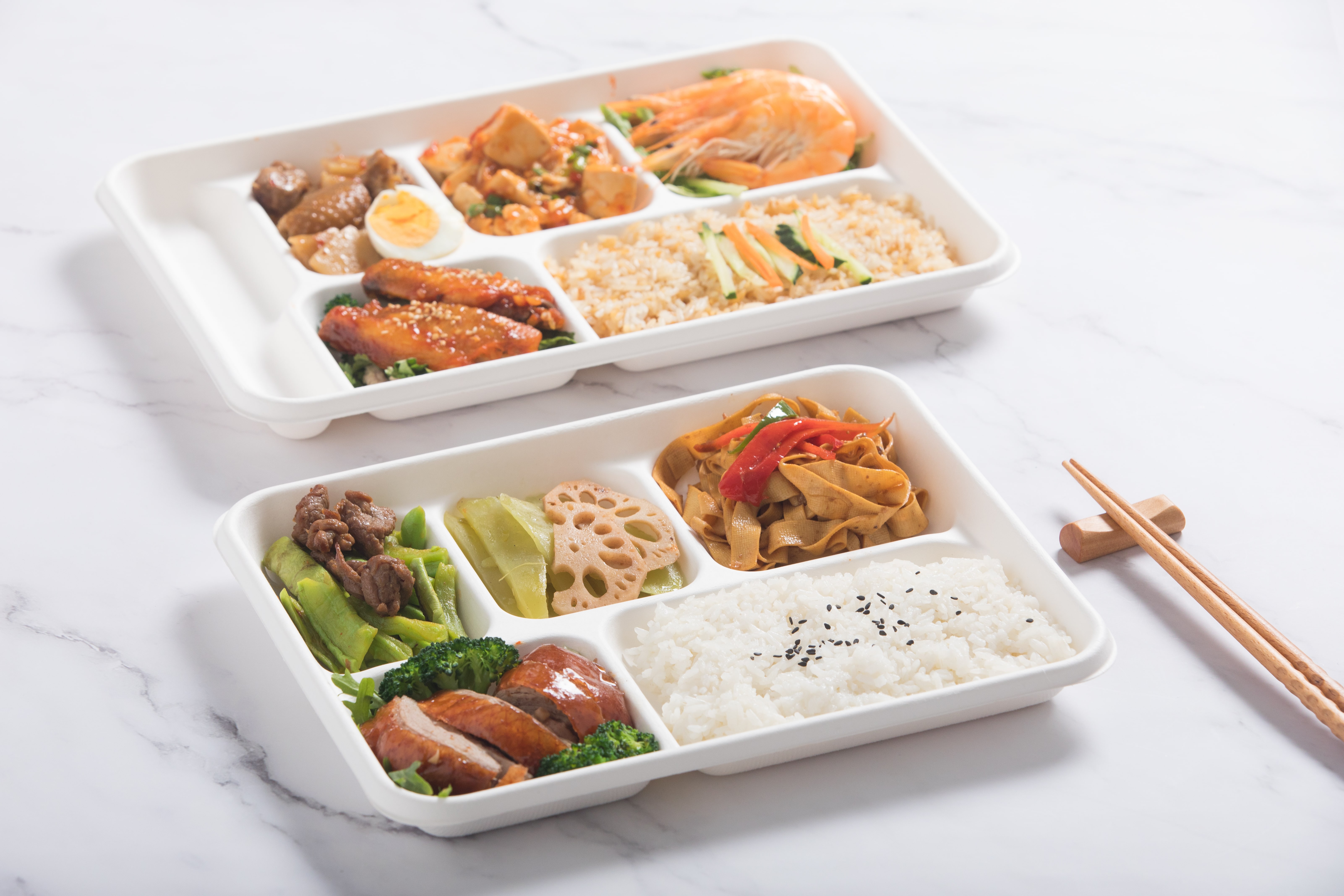
The resulting mixture of juice and fibrous residue is then subjected to a process called screening, where vibrating screens remove larger impurities such as plant matter and stones. This initial extraction process sets the stage for obtaining bagasse—the residual fibrous material—from which bagasse trays are produced.
Bagasse Extraction from Sugarcane Residue
This typically involves utilizing hot air dryers or flash drying methods that remove any remaining traces of moisture. By optimizing the moisture level, the bagasse can be more easily formed into trays during the subsequent steps of the production process.
Bagasse Pulp Formation and Molding Process
For intricate designs with high detail requirements, injection molding is employed. This technique injects pressurized pulp directly into a mold cavity using specialized equipment that ensures precise replication of design elements.
Properties and Advantages of Bagasse Trays
Strength and Durability
Furthermore, these trays have excellent heat resistance properties, making them suitable for serving hot food items such as freshly baked goods or microwaveable meals directly from ovens or microwaves. Their ability to withstand high temperatures without warping or losing structural integrity ensures a reliable and convenient food-serving option.
Biodegradability and Compostability
When properly processed in commercial composting facilities, bagasse trays break down into nutrient-rich humus that can be used to enrich soil quality. By utilizing bagasse trays as compostable products, we actively participate in closing the loop of the circular economy and promoting a more sustainable future.
Moisture Resistance
The moisture resistance of bagasse trays enhances their functionality by preventing leakage or seepage through the tray's bottom surface. This feature ensures that liquids from foods such as sauces or gravies remain contained within the tray during transportation or consumption.


